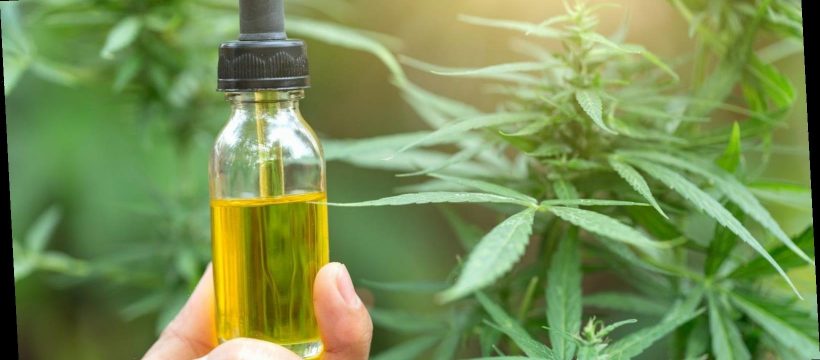Taking the high road is not the same as taking to the road high, which Americans are doing with increasing frequency.
The growing acceptance and availability of marijuana in the U.S. has led to a substantial rise in the percentage of drivers under the influence of pot.
A report by the Centers for Disease Control and Prevention published Thursday reveals the number of people who acknowledge operating a motor vehicle after consuming marijuana spiked by 47% in a four-year span.
Based on data from a national survey conducted by the Substance Abuse and Mental Health Services Administration, the CDC said 3.2% of all people ages 16-25 reported driving in those conditions in 2014. Four years later, that figure for all those 16 and older was up to 4.7%, a total of 12 million.
While the number pales in comparison to the 20.5 million (8%) who admitted driving while under the influence of alcohol in 2018, the findings are nonetheless troubling for public health professionals.
“Any person who uses cannabis should not be operating a motor vehicle. Period,’’ said Robert Glatter, an emergency room physician at Lennox Hill Hospital in New York City. “It places themselves, other drivers and all pedestrians at risk for death and injury.’’
Glatter said he sees more patients involved in crashes where alcohol was a factor than with marijuana, and national statistics make a similar statement.
(Photo: Getty Images)
Every year, more than 10,000 Americans die in alcohol-related traffic accidents, which typically make up about 28% of the traffic fatalities, killing 29 people every day. By comparison, nine per day die because of distracted driving.
But Glatter and others worry about the impact of legalizing recreational marijuana, which began with Colorado in January 2014 and has spread to another 10 states. Medicinal marijuana is legal in 33 states.
The CDC says marijuana users are 25% more likely to be involved in a crash than those who don’t consume it, but research looking into the impacts of pot on driving has yielded mixed results.
Bad sign: Teen marijuana vaping is on the rise, a new report says, threatening to ‘undo years of progress’
A study published in February in the journal Addiction found that traffic fatalities increased by one per 1 million residents in Colorado, Washington and Oregon after they legalized recreational marijuana, but then returned to normal after a year. Other reviews have failed to yield conclusive results.
Some drivers insist they focus better when stoned, though there is plenty of evidence that reaction time is impaired by THC, the main psychoactive ingredient in marijuana.
“Cannabis and alcohol have immediate effects on multiple driving skills in a dose-dependent fashion,’’ Glatter said, “but the effects of cannabis vary more between individuals than they do with alcohol mainly as a result of tolerance, method of inhalation or ingestion, and variable absorption of THC.’’
There is little argument that mixing alcohol with THC impairs driving significantly.
Scott Krakower, a substance abuse treatment expert and assistant unit chief for psychiatry at Zucker Hillside Hospital in Glen Oaks, N.Y., noted that the combination often leads to behavioral changes that include profound irritability and at times increased aggression. It can also promote sleepiness.
The dangers of consuming marijuana are compounded when mixing it with alcohol, often leading to irritability and aggressive behavior. (Photo: kali9 / Getty Images)
Obviously, none of those is advisable when behind the wheel.
“You’re going to wind up with potentially very impaired reactions,’’ Krakower said. “And I think we’re seeing that, where people are drinking a lot and then they smoke a joint. So doing that and driving is probably a lot more common than we think.’’
Older age requirement: Congress poised to raise age to buy tobacco, vaping products from 18 to 21
Krakower, who specializes in treating teens and young adults, points to the development of vaping products containing THC as a major potential health hazard.
For one, there’s been an outbreak of e-cigarette-related pulmonary injuries that as of Tuesday had resulted in 54 deaths and 2,506 hospitalizations, the vast majority involving people who vaped THC.
In addition, Krakower said vaping pens have made it much easier to drive while inhaling marijuana. They also deliver a higher concentration of THC.
“You can conceal it now. You can smoke a pen and start driving and no one is going to really know. You don’t have the smell anymore,’’ Krakower said. “It used to be you had to roll the joint, smoke it. Now you’re just puffing and driving.’’
Source: Read Full Article


